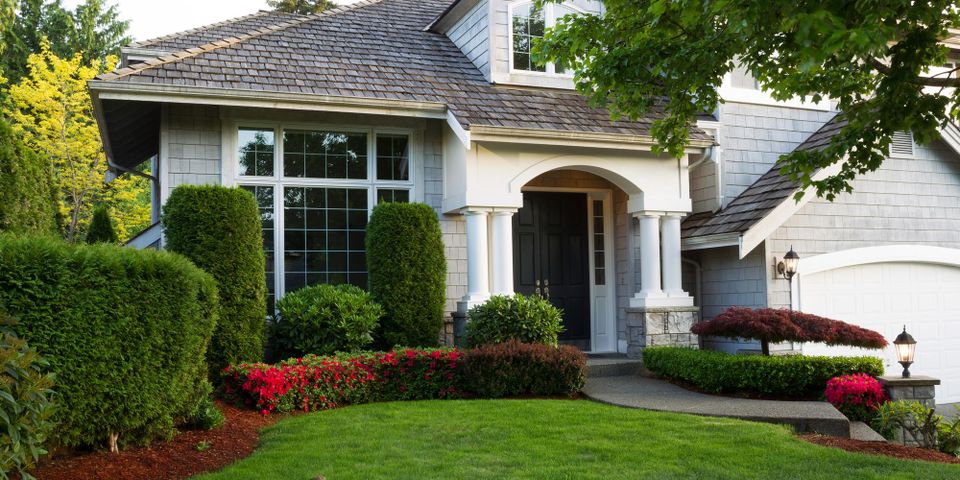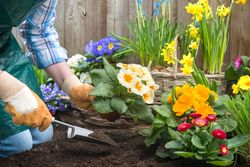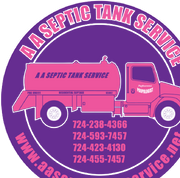Should You Plant Near Your Septic Tank?

Your septic system separates solids from wastewater before it filters through the drain field and enters the ground supply. Adequate tank care ensures proper function, safety, and sanitation. In addition to scheduling regular pumping and inspections, be careful where you plant foliage, since the roots may cause clogs, physical damage, and sewage backups. Below, you’ll learn more about what greenery you can plant near your system.
A Guide to Planting Near Septic Systems
What Plants Should You Avoid?
Shrubs and trees with large roots that grow rapidly pose serious threats to septic systems. These may include blue hydrangeas, hybrid poplars, and arborvitae. Plants with roots that aggressively tap into water sources are especially dangerous, as they can penetrate the tank and pipes if there are leaks present.
Some of the worst trees and bushes to plant in the septic vicinity are weeping willows, cypresses, and tulip trees. Since the maximum projected height of a mature tree may have root systems that extend over 20 feet downward and outward, plant them at least that many feet away from your septic tank.
What Greenery Is Safe to Plant?
 Certain plants and flowers are safe to grow over septic systems, as they tend to absorb excess drain field fluids, which fertilizes them.
Certain plants and flowers are safe to grow over septic systems, as they tend to absorb excess drain field fluids, which fertilizes them.
Lawn grass, jewelweed, and non-woody ground covers typically don’t cause problems, since their roots are short and thin. Perennials are also an excellent choice for planting near septic systems, as they have shallow and non-invasive roots. If the soil is wet, plant hollyhocks or wild violets, and if the area is sunny, plant creeping phlox or bearded irises.
Keep your septic system functional and damage-free with help from the team at A A Septic Tank & Drain Service. This contractor offers septic maintenance, pumping, cleaning, inspections, and repairs to residents in Acme, PA. Call (724) 593-7457 to schedule a maintenance appointment and visit their website to learn more about their services.
About the Business
Have a question? Ask the experts!
Send your question

